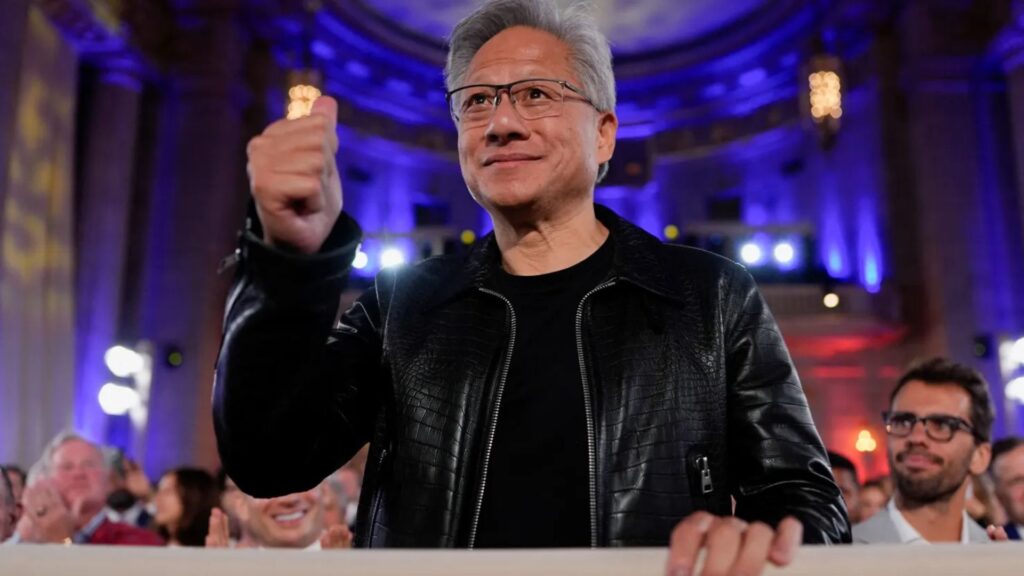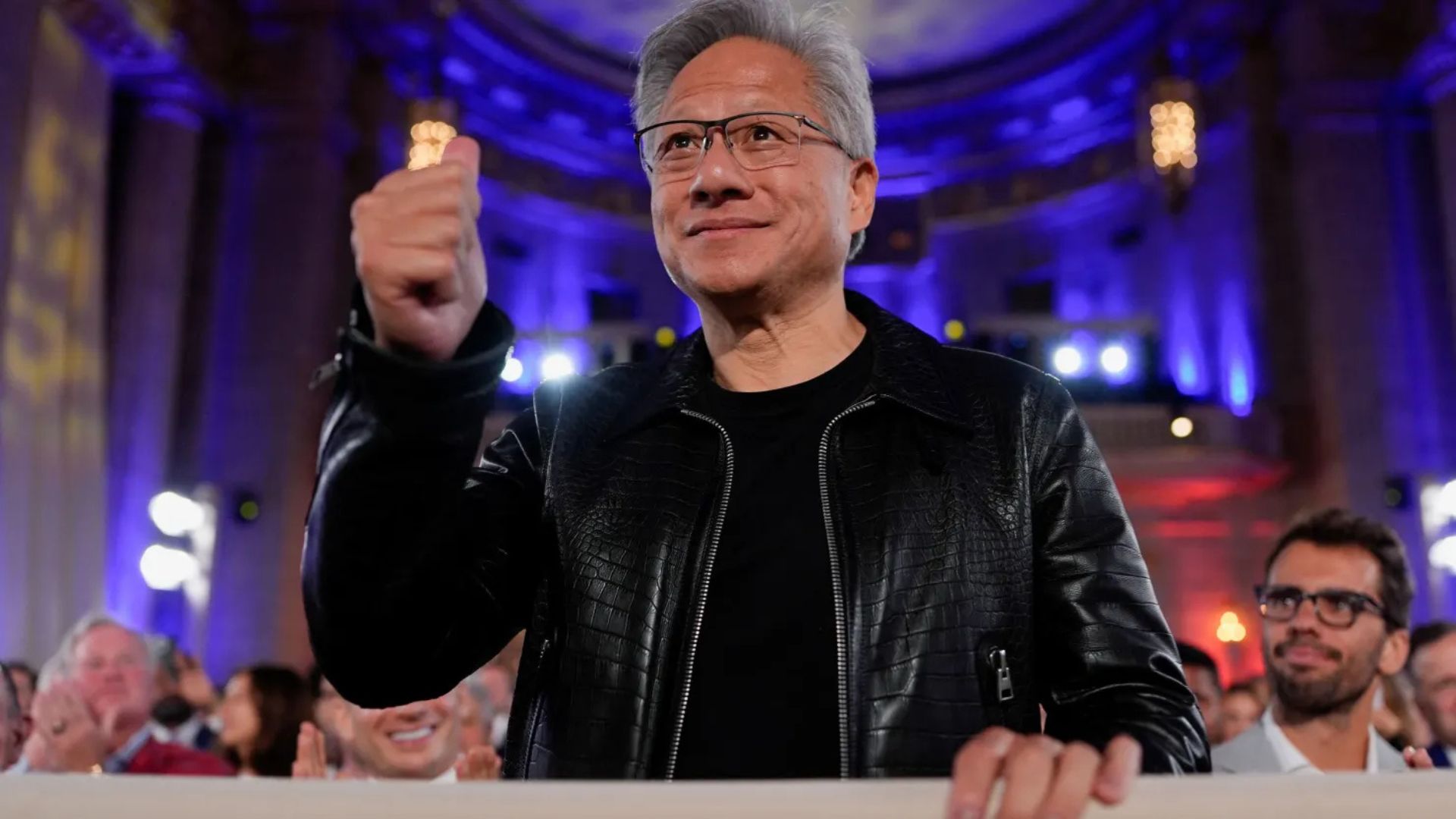
Wall Street is sounding the alarm on the artificial intelligence stock boom. In a note released Thursday, Goldman Sachs warned that the AI rally could be a bubble waiting to pop. The core issue? The tech giants fueling this growth are expected to slow down their massive spending, a move that could slash the S&P 500’s value by as much as 20%. This warning comes as a record number of companies are touting their AI capabilities, yet very few are showing how it actually boosts their bottom line, creating a risky gap between hype and reality.
The entire AI surge has been bankrolled by a handful of tech titans known as “hyperscalers”—think Amazon, Microsoft, Google, Meta, and Oracle. These companies are on track to pour a staggering $368 billion into AI-related infrastructure in 2025 alone, a huge jump from $239 billion in 2024. This firehose of cash has sent AI-linked stocks soaring 32% last year and another 17% so far this year, especially benefiting chip makers and data center companies that are building the backbone of the AI revolution.
But here’s the catch: that record-breaking spending spree isn’t expected to last. Goldman Sachs highlights that analysts are bracing for a “sharp deceleration” in spending from these tech giants in late 2025 and into 2026. In a worst-case scenario, if these companies cut their budgets back to what they were in 2022, Goldman estimates it could wipe out roughly 30% of the S&P 500’s projected sales growth for 2026.
Despite these flashing red lights, we’re not quite in dot-com bubble territory just yet. Goldman Sachs points out that AI stock valuations, while high, are still below the extreme peaks of the past. Today, the five largest tech stocks trade at about 28 times their earnings. For comparison, that multiple hit 40 times during the 2021 market peak and an eye-watering 50 times during the tech bubble of 2000.
So, what’s keeping valuations from spiraling completely out of control? Real profits. Unlike previous speculative bubbles built purely on hope, today’s AI rally is supported by substantial earnings, particularly from the companies actually building the infrastructure. This tangible income from the hyperscalers’ spending provides a stronger foundation than what was seen in past market frenzies.
However, the market is already showing signs of anxiety. Shares of Nvidia, a key player in the AI space, recently fell about 6% after its earnings report. Even though the results were strong, they weren’t enough to meet investors’ sky-high expectations. Similarly, software firms like Salesforce and Figma saw their stocks tumble when their earnings failed to deliver a blowout surprise, signaling that the market’s patience is wearing thin.
According to Goldman, the AI story is moving into a new, more demanding chapter. The first phase was all about building the infrastructure—buying the chips and servers. Now, we’re entering a phase where investors are shifting their focus and will demand to see “evidence of a tangible impact on near-term earnings.” This means the days of all AI-related stocks rising together are likely over; from now on, there will be clear winners and losers.
The bottom line is that the era of easy money and unchecked optimism in AI may be drawing to a close. Wall Street is no longer just listening to the hype; it’s now demanding proof that these massive investments can translate into real, measurable profits. For companies across the board, the time to show results is now.












